16 September 2025
by Saurabh Chand Sagar
My name is Saurabh Chand Sagar and I am a Drosophila cell and developmental biologist currently undertaking my doctoral studies at Banaras Hindu University, India. As an attendee of the Biologists @ 100 conference, I enjoyed the seamless integration of cellular science with its repercussions on physiological processes and behavioural patterns, further exploring these effects on climate change and biodiversity conservation. The Company of Biologists demonstrated its commitment to sustainability by minimising environmental impact through eco-friendly practices at the conference.
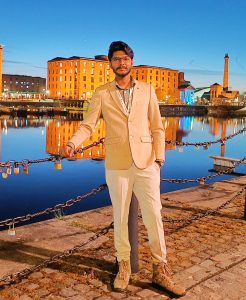
As an early-career researcher from the Global South, I wanted to contribute to the sustainability seen at the Biologists @ 100 conference. To achieve a more sustainable visit, I planned for eco-friendly travel modalities, eco-conscious selection of accommodations, packing sustainably, carbon compensation and sustainable conference practices.
The most significant part of a sustainable journey is the selection of the best travel method to generate the least amount of carbon emissions. To achieve this, I considered several factors, such as favouring airlines with less carbon emissions and a direct flight to the conference destination. My journey started from the Banaras Hindu University in Varanasi, India, thus, the subsequent consideration was the choice of transportation method to arrive to New Delhi.
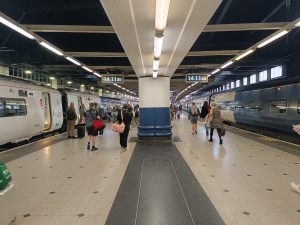
I chose to take trains rather than domestic flights to reduce my carbon emission. I embarked on an ~8-hour (one way) train journey to avoid the carbon cost of flights, covering a distance of approximately 978 miles and saving around 270 kg of carbon emissions. Afterwards, I took a direct flight from New Delhi, India, to Heathrow Airport in London, UK. One may ponder the rationale behind selecting a flight to London instead of Liverpool, UK. There were no direct flights available to Liverpool, so I opted for travel to London, which offers direct flights that produce approximately 10% less CO2 emissions compared to conventional flights. Upon my arrival at the London Airport, I had three choices: either to take a flight, bus or train to reach Liverpool. While buses were an economical option, they required a greater time investment and higher CO2 emissions; therefore, I selected a round trip via direct train from London to Liverpool. Nevertheless, it is important to note that during the course of travel, the method of transportation is not the sole contributor to the carbon footprint; additional factors such as luggage and waste generated throughout the journey also significantly influence the overall carbon footprint. To minimise environmental impact, I limited myself to a check-in luggage allowance of only 11 kg, well below the permitted 23 kg, and restricted my cabin baggage to 4 kgs only.
The subsequent task involved the selection of lodging and the mode of transportation to be utilised. I opted for accommodation situated within a reasonable walking distance from both the railway station and the conference venue to mitigate the necessity for any form of private or public transportation (within a radius of 1.5 miles in both Liverpool and London).
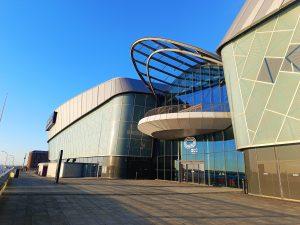
The conference experience not only includes scientific discourse and networking opportunities but also allows delegates to visit unfamiliar places which they are eager to explore, and I was no exception. To facilitate my exploration of the city, I traversed various districts in Liverpool, undertaking a brisk walk for a compact city tour; however, the scope of London presented a far more extensive landscape to navigate. How might one proficiently traverse an extensive metropolitan landscape on foot? This endeavour is considerably more intricate than it may initially seem; hence, on the first day of my touring of London, I focused on visiting notable landmarks close to my accommodations, including the British Museum and nearby parks.
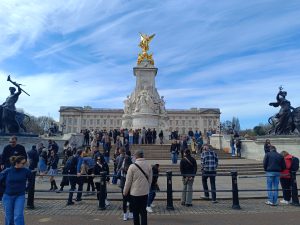
For destinations situated at a greater distance, I used public sightseeing transportation services, which provide efficient access to a multitude of sites across the city, thereby accommodating a considerable influx of travellers. This strategy was identified as the most suitable one for urban exploration while simultaneously reducing carbon emissions by forgoing using private automobiles. In conclusion, I finished my extraordinary expedition with an abundance of novel experiences, connections, concepts, explorations, and countless cherished moments, all while maintaining a commitment to environmental sustainability.
It is my aspiration that all participants found value in my endeavour, and I trust that I have made a meaningful contribution to the preservation of the conference’s sustainability.



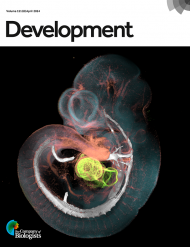




You must be logged in to post a comment.